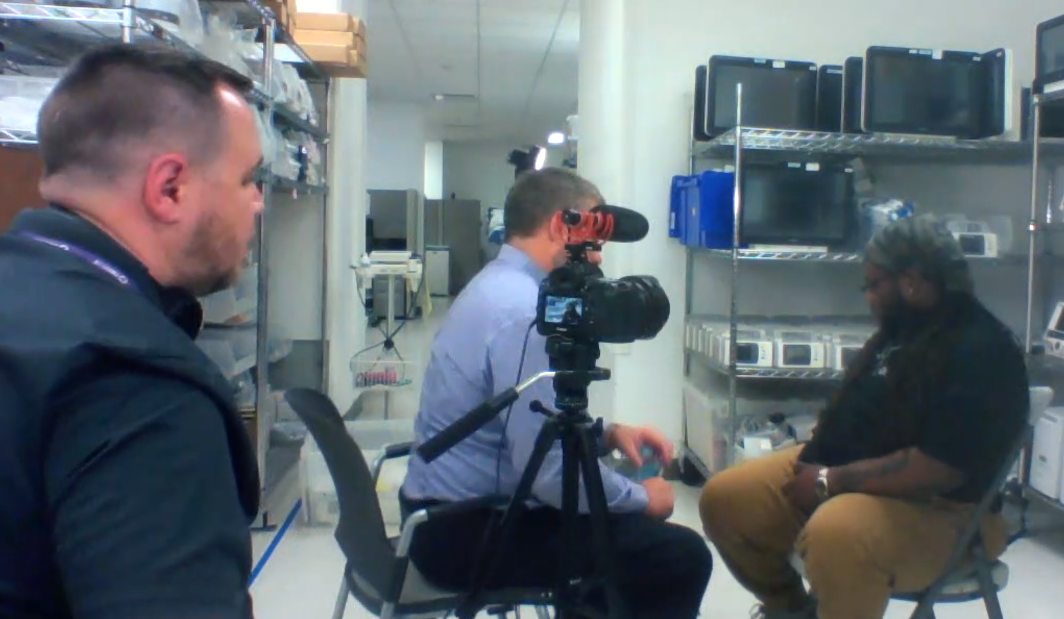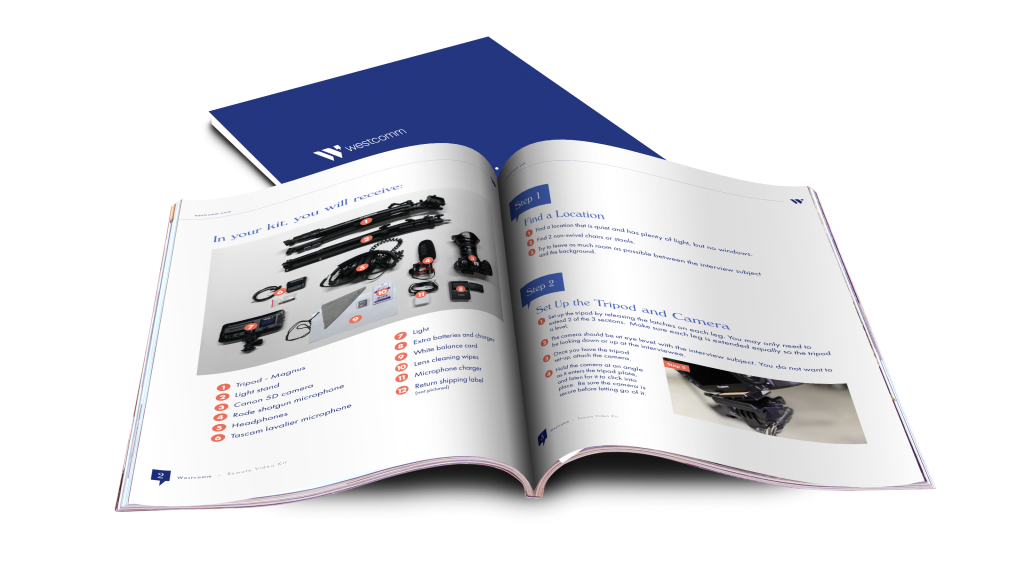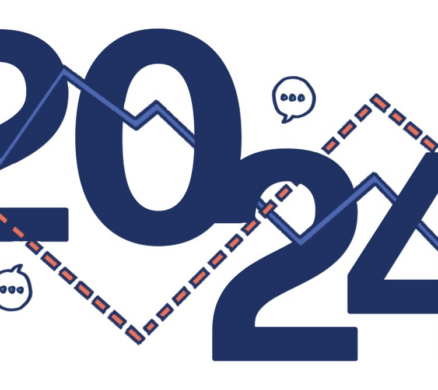
Necessity is the mother of invention.
Imagine needing to complete a video project during a pandemic when the footage you need involves multiple interviewees across multiple states — without ever leaving your (socially distant) home base.
It’s a great time to innovate and pool the resources to get the job done.
Earlier this year (pre-COVID — remember that time?), one of our national clients, headquartered in Indianapolis, tasked us with helping to communicate its company culture. Through video storytelling, the client wanted to help decentralized team members realize the value they brought to the company.
Initially, interviews with associates were scheduled to happen when they came to Indianapolis for other meetings, events and training. We planned video shoots devoted to capturing the voice of the field team both in the studio and on location.
Then the pandemic began, our client’s team was no longer traveling to Indianapolis, and we were left with the challenge of how to tell their stories from afar.

Enter our new full remote video kit — a traveling set of equipment and easy-to-use instructions available to be shipped across the U.S. to help our clients shoot the footage needed to tell a compelling story. We facilitate kit delivery and help you collect the footage, which we then use to deliver the high-quality video our client expects.
Here’s our top four lessons learned for a successful remote shoot and how we’ve continued to adapt our remote video kit and documentation with tips for those with boots on the ground.
Lesson 1: Get started on the right foot
Our remote video kit comes with detailed set-up instructions — everything from setting up lights and microphones to how to focus the video camera. Although the technical side went off without a hitch, we realized early on that helping our client and their site contacts communicate prior to the shoot is just as important. After all, the people being asked to capture the footage aren’t video experts like we are; we needed to help them explain to everyone involved what was being asked and how to execute the interviews.
With that in mind, we enhanced our set-up instructions to include two email templates — one for the client to send to the onsite contact and another for the onsite contact to send to the interview participants — so everyone was clear on his/her role and responsibilities. We also expanded the instructions with our interview question documentation — see Lesson 3.
Lesson 2: Appoint a remote producer
This is the fun part! To have a successful video shoot, clients need an onsite contact who is willing to be a bigger part of the production. The remote producer should be willing to thoroughly read our materials, coordinate with our central base to get a good feel for the needed message and help oversee the video production — from technical set up to shooting and wrap-up — redirecting questions as needed. We work with remote producers to ensure everything goes smoothly on both content and technical production.
Lesson 3: Ask the (right) questions
This was a big challenge — when we are physically present and conducting the interview, we can gauge or read responses to ask leading questions and get the right responses. This is something we have developed from conducting hundreds of interviews. We frequently create an extensive question list but rarely ever use all the questions — those are just there to help guide the producer.
When using our remote video kit, we help coach the remote producer through the interview question list, which we have refined to make sure our questions are laser-focused.
Lesson 4: Set up pre-interview meeting (or practice mock interviews)
Another seemingly insignificant step — but, in reality, is just as important as the actual interview questions — is the interview warm-up. We want to be sure the interviewees are relaxed and comfortable so they can be themselves. Therefore, we encourage the remote producers to meet with the interviewees several days before the shoot day. At this meeting, they share details, show examples of previously recorded interviews and review the kinds of questions that will be asked. During the actual interview, we remind the interviewers that they are more than just question askers. Their job is to fully engage so that emotions can be expressed and any nervousness can be contained.
These are just some of the lessons we learned planning and executing remote video shoots. It wasn’t about location, location, location…. It boiled down to what we do best: communicate, communicate, communicate!
Ready to give our remote video kit a try? Reach out at helloindy@westcomm.com or follow us @westcomm on LinkedIn for more insights.





